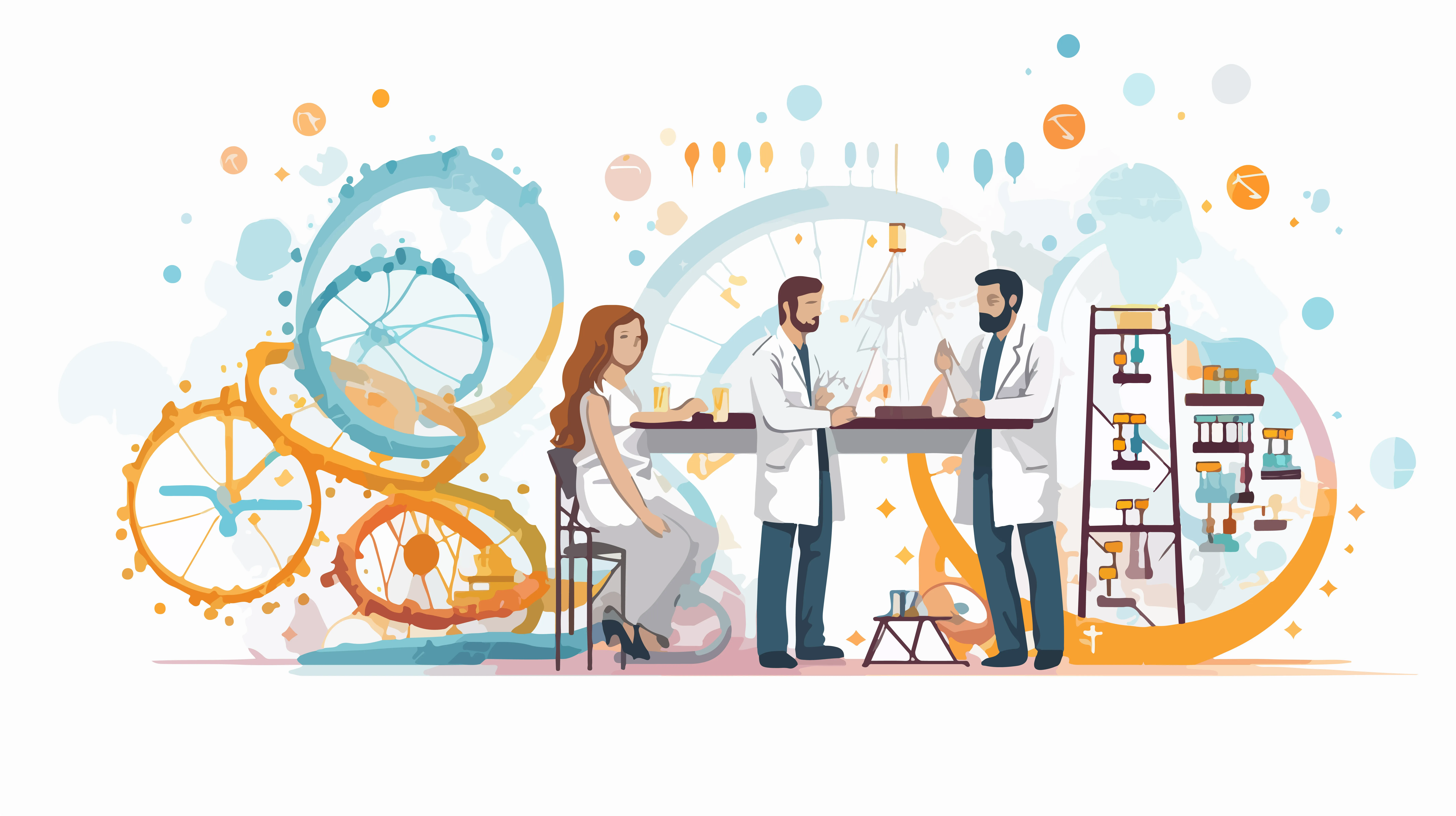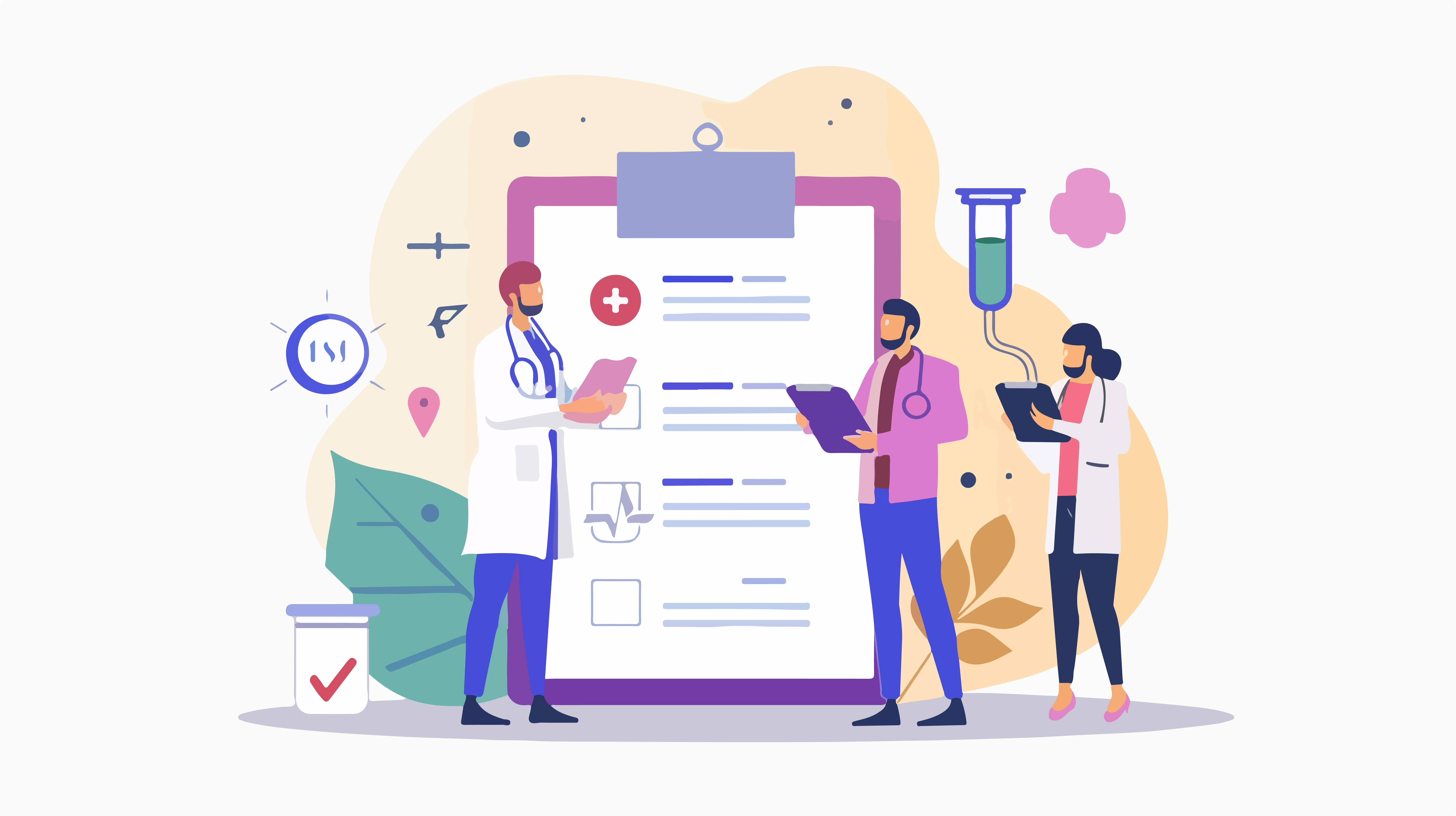From the flicker of a molecular idea in a laboratory to the moment a new therapy changes a patient’s life, the journey of a drug candidate is nothing short of extraordinary. This long, meticulous, and high-stakes process, often referred to as the “bench to bedside” journey, defines the core of pharmaceutical innovation.
At World BI’s Drug Discovery Innovation Programme, we bring together experts and pioneers who are actively shaping this journey. Our mission is to accelerate the timeline, reduce costs, and foster collaborations that bring promising therapies to those who need them most.
1. Discovery Phase – Where It All Begins
Drug development begins with the discovery of a biological target linked to a disease, followed by the identification of compounds that can modulate that target.
Key Steps:
Target Identification and Validation
- Discover disease-related proteins, genes, or pathways.
- Validate biological relevance using bioinformatics, genomics, or knockout models.
Hit Identification

- Screen large chemical libraries (natural, synthetic, or virtual) to find ‘hits’—compounds with potential biological activity.
- High-throughput screening (HTS) and in silico methods are widely used.
Lead Compound Optimization
- Improve efficacy, selectivity, solubility, and pharmacokinetic properties.
- Conduct structure-activity relationship (SAR) studies and medicinal chemistry refinements.
Biomarker Discovery
- Identify biomarkers to predict therapeutic response and toxicity.
- Crucial for precision medicine approaches and translational research.
2. Preclinical Development – Proving Potential
Before human trials, the candidate must pass stringent laboratory and animal testing to evaluate its safety and efficacy.
Key Components:
Pharmacodynamics (PD)
- Study the biological effects and mechanism of action.
Pharmacokinetics (PK)
- Analyze how the drug is absorbed, distributed, metabolized, and excreted.
Toxicology Studies
- Assess short- and long-term toxicity in animal models.
- Determine the safe starting dose for human testing.
Formulation Development
- Design drug delivery mechanisms (e.g., oral tablet, IV infusion).
- Optimize for stability, solubility, and bioavailability.
Good Laboratory Practice (GLP) Compliance
- Ensure all preclinical research meets regulatory quality standards.
3. Investigational New Drug (IND) Application
After successful preclinical results, companies must submit an IND application to regulatory bodies like the FDA or EMA to begin clinical trials.
What’s Included:
Preclinical Data Package
- Includes PD, PK, and toxicology data.
Manufacturing Information
- Details on drug synthesis and quality control.
Clinical Trial Protocols
- Outlines design, objectives, and methodologies for proposed human studies.
Investigator Brochure
- A comprehensive document for clinicians outlining all relevant information.
4. Clinical Trials – Human Testing Begins
Clinical trials are divided into three main phases, each with increasing numbers of patients and complexity.
Phase I – Safety & Dosage
- Conducted with 20–100 healthy volunteers or patients.
- Determine safe dosage range and identify side effects.
- Assess PK/PD in humans.
Phase II – Efficacy & Side Effects
- Involves 100–300 patients with the target condition.
- Assess drug effectiveness and continue safety evaluation.
- Refine dose selection and trial endpoints.
Phase III – Confirmatory Studies
- Enroll 1,000+ patients across multiple sites and geographies.
- Confirm efficacy and monitor adverse reactions in diverse populations.
- Provide the statistical foundation for drug approval.
5. New Drug Application (NDA) or Marketing Authorization Application (MAA)
After successful clinical trials, the company compiles data and submits it for regulatory approval.
Contents of the NDA/MAA:
Full Clinical Trial Data
- Safety, efficacy, trial design, statistical analysis.
Labeling Proposal
- Suggested prescribing information and indications.
Manufacturing & Quality Documentation
- Consistency, contamination prevention, and storage information.
Post-Marketing Surveillance Plans
- Outlines Phase IV commitments or risk evaluation strategies.
6. Regulatory Review & Approval
Regulatory authorities such as the FDA (USA), EMA (EU), or MHRA (UK) review the submission thoroughly.
Key Milestones:
Advisory Committee Meetings
- Independent experts review and provide recommendations.
Label Negotiations
- Determine how the drug should be marketed and prescribed.

Approval or Rejection
- Approval is granted if the benefit outweighs the risk.
Fast-Track and Priority Reviews
- Certain drugs for unmet medical needs may receive accelerated pathways.
7. Post-Marketing Surveillance (Phase IV)
Even after approval, drugs are monitored continuously for long-term safety and real-world effectiveness.
Ongoing Responsibilities:
Pharmacovigilance
- Collect and analyze reports of adverse effects from healthcare providers and patients.
Real-World Evidence Collection
- Use EHRs, insurance claims, and patient registries to understand outcomes.
Label Updates & Safety Notices
- Adjust usage recommendations based on new findings.
The Role of Drug Discovery Innovation Programme
World BI’s Drug Discovery Innovation Programme serves as a catalyst for collaboration across all stages of this journey. Our platform fosters:
Program Highlights:
Thought Leadership Panels
- Featuring regulatory officials, biotech CEOs, and academic pioneers.
Technology Showcases
- Spotlighting AI, lab automation, omics platforms, and CRISPR tools.
Networking Opportunities
- Connecting pharma, academia, startups, CROs, and investors.
Global Case Studies
- Real-world examples of drug candidates brought successfully to market.
Why the journey-of-a-drug-candidate Journey Matters
The path from molecule to medicine is long—but every step is essential. With only 1 in 5,000 compounds making it to market and an average timeline of 10–15 years, optimizing this journey is not optional—it’s vital.
Critical Takeaways:
- Translational research ensures promising lab findings are clinically relevant.
- Patient-centric design improves outcomes and trial participation.
- Digital transformation accelerates data analysis and decision-making.
- Collaboration is key to reducing barriers and advancing innovation.
Navigating the Future of Drug Discovery
From identifying molecular targets to monitoring post-market effects, the journey-of-a-drug-candidate journey is at the core of medical progress. At World BI, we recognize this journey as both a challenge and an opportunity in which a space where science, strategy, and collaboration converge.
Join us at the upcoming Drug Discovery Innovation Programme as we explore new technologies, share success stories, and ignite partnerships that will lead to the next generation of breakthrough therapies.